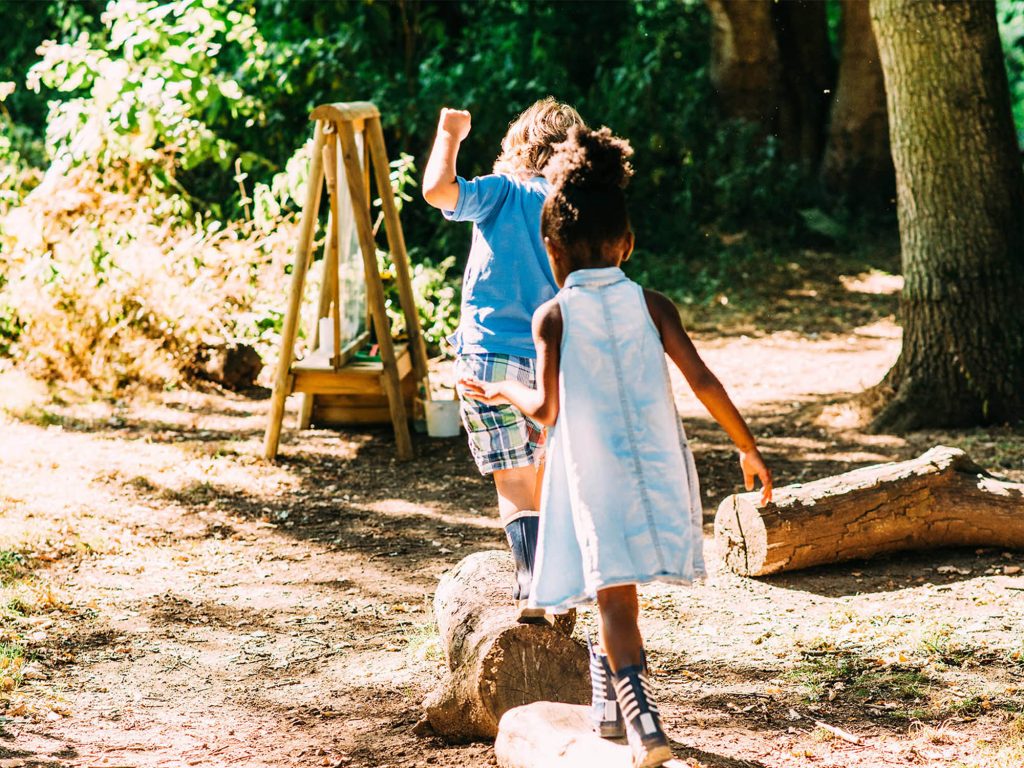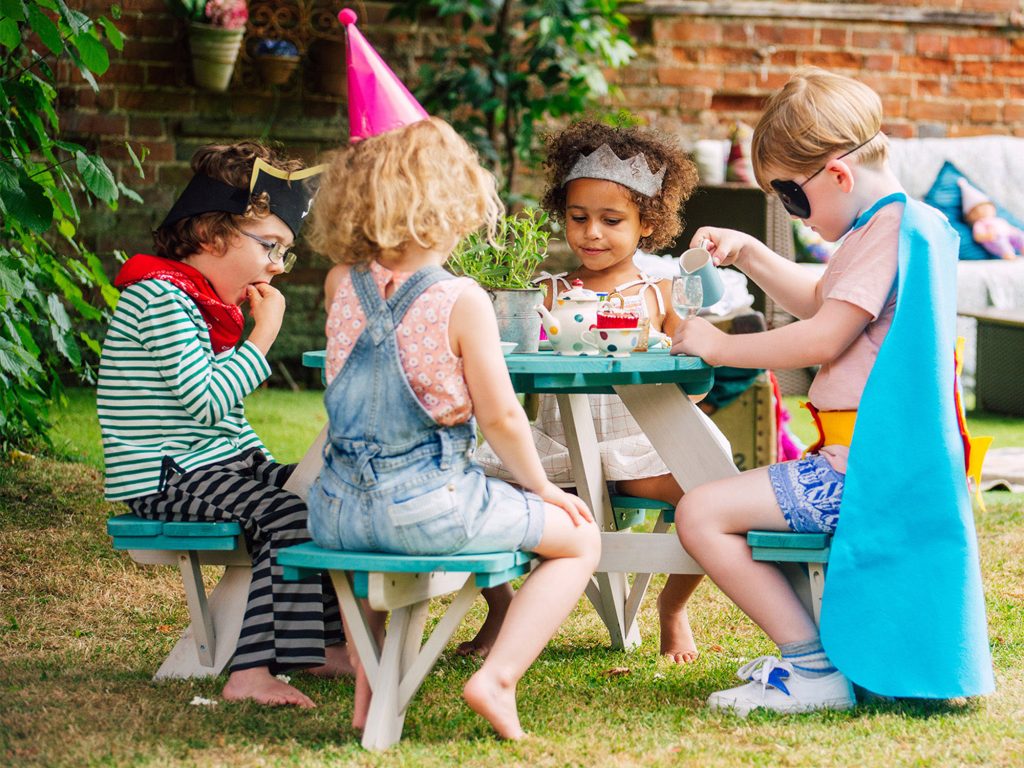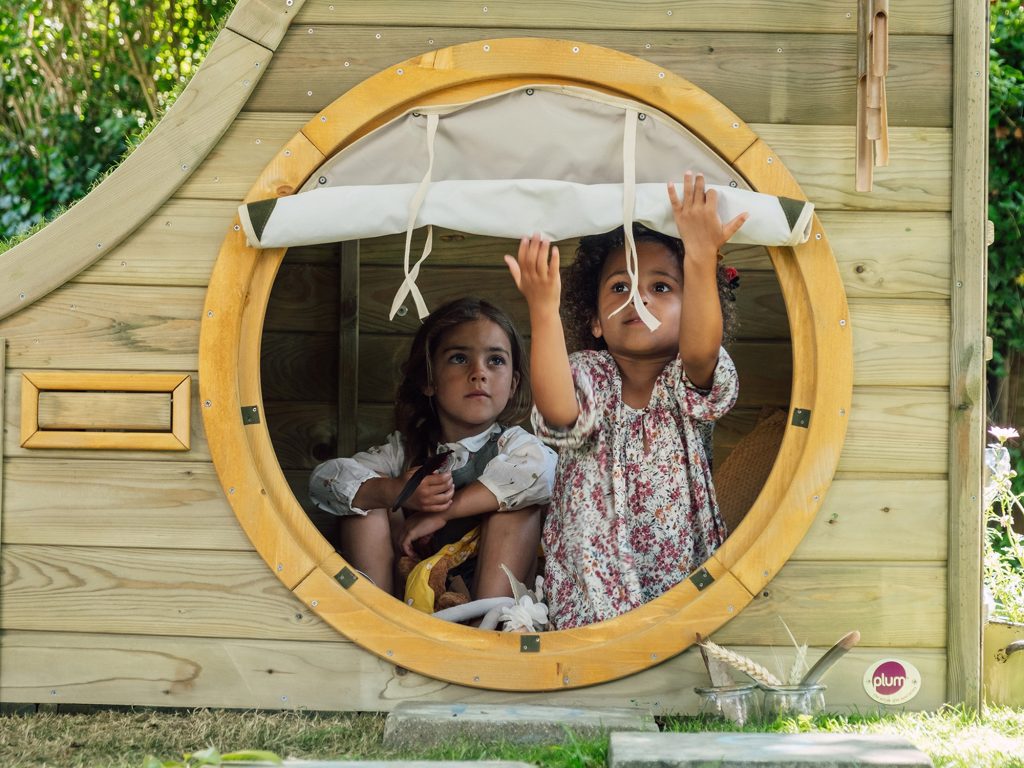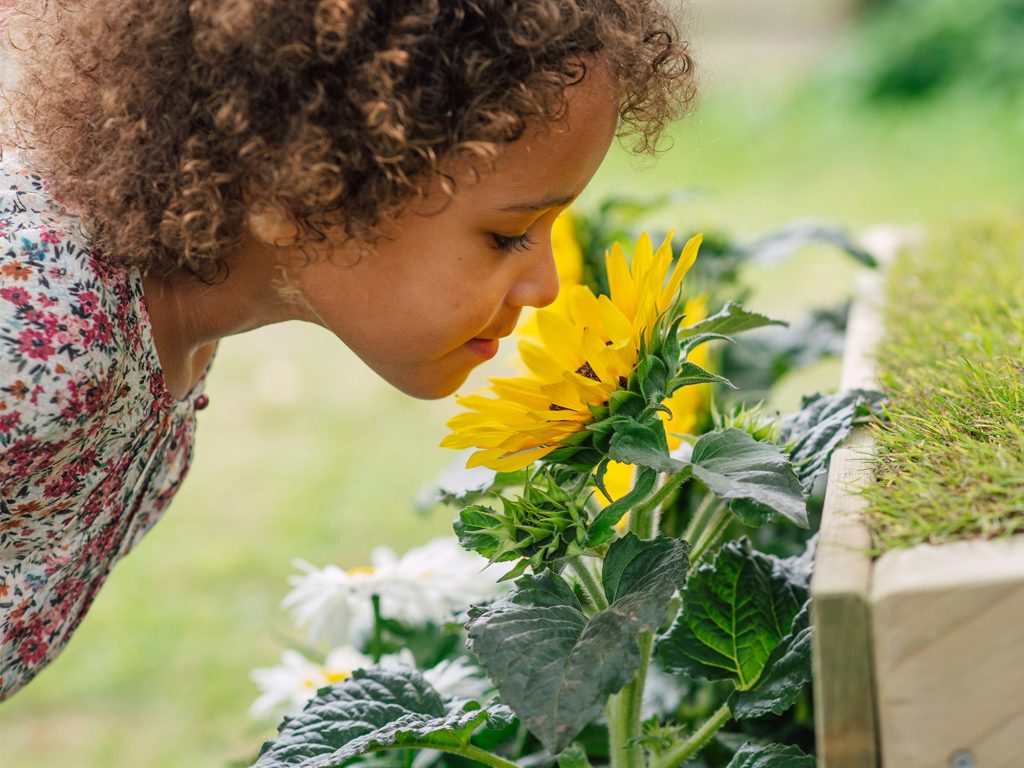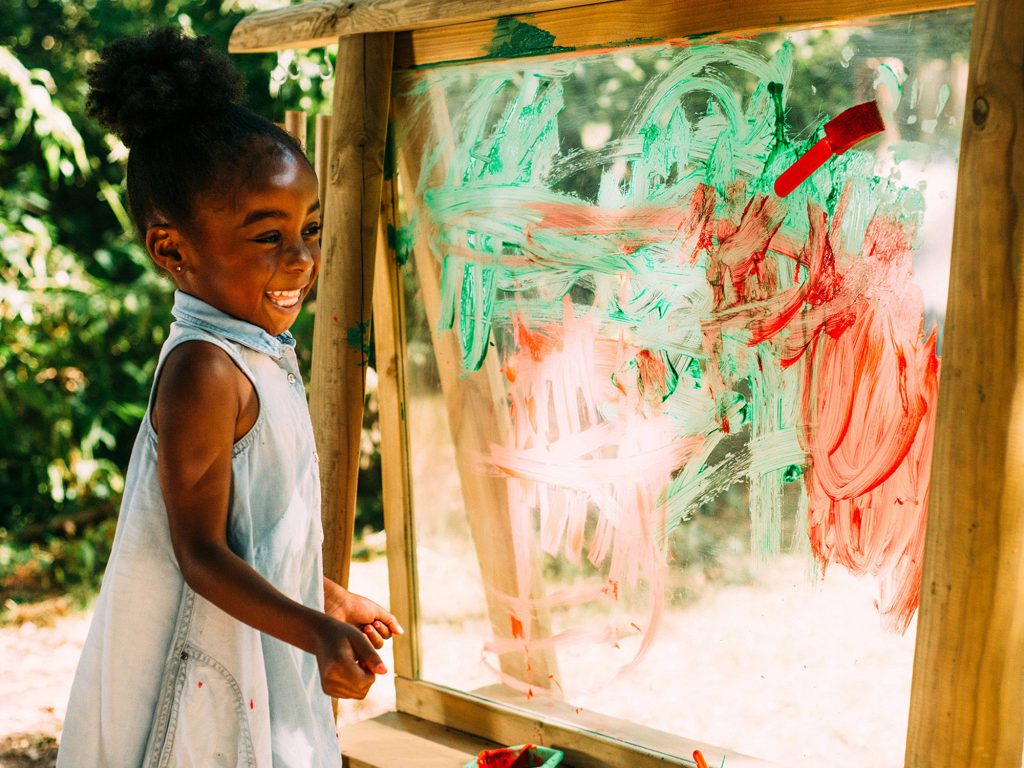
We’re back with Head Teacher Michelle Wisbey and Teacher Liz Barclay from Westwood Montessori School in Cambridge- this time, we’re exploring how to incorporate Montessori learning at home and key skills it can help children to develop.
Montessori learning can help children develop many skills to encourage them to be well-round, responsible, and curious about the world around them.
Whilst some schools follow the Montessori approach, Montessori learning.
Read on to discover some of the essential skills that Montessori learning can help your little ones to develop and activities and ideas for how you can bring Montessori into the home.
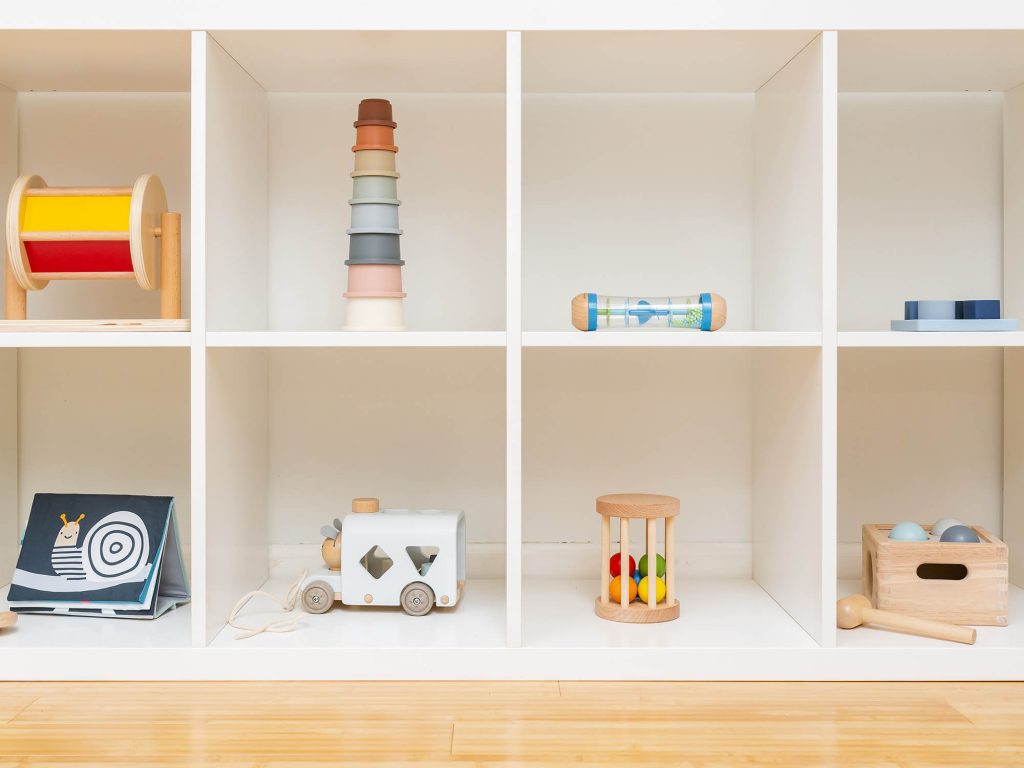
1. Hand-eye Coordination
Little ones love to explore using their hands, encouraging them to try activities that allow them to practice grasping and holding. Dexterity can develop hand-eye coordination and motor skills.
Why not set up some posting activities for your child, such as pushing shapes through holes or putting coins in a money box? Next time you need to post a letter, why not walk to the post box together and ask your child to post the letter? They could even write their letter to a friend or relative, put it in an envelope and post it.
Another great activity is an opening and closing task. This is also great for enhancing motor skills and refining children’s hand-eye coordination. You can recycle jars and add them to your child’s play so they can practice opening and closing them. Or give your little ones their own bag so they can choose their belongings to take with them and learn how to open and close the bag themselves when they go out.
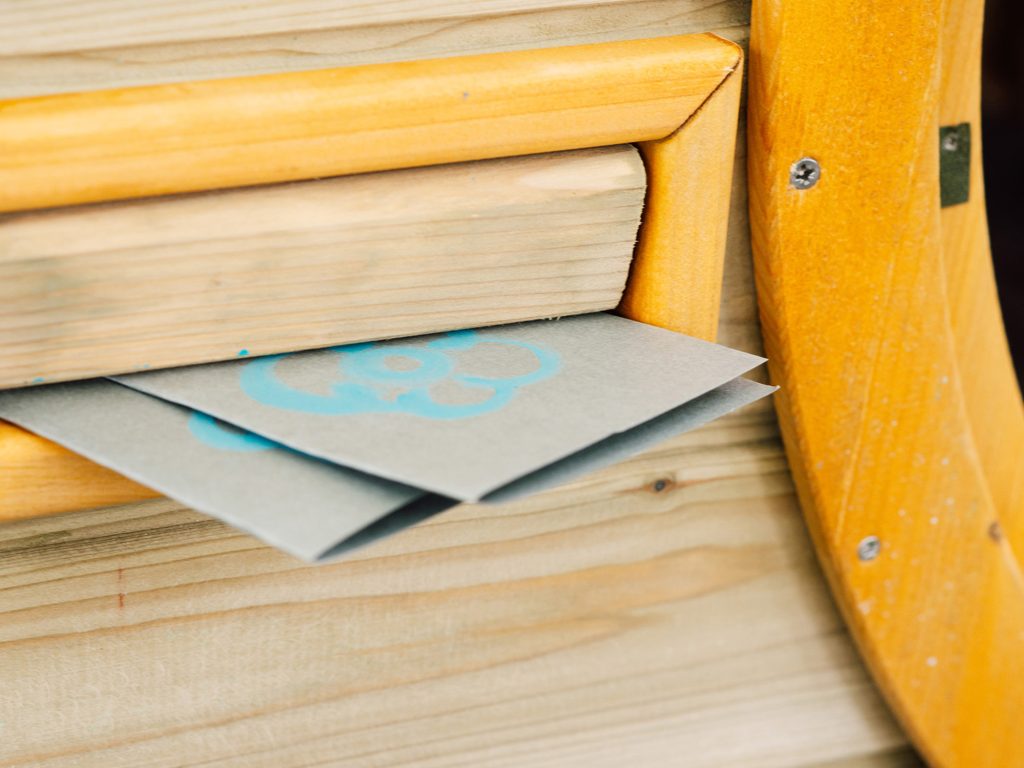
2. Language Skills
A fundamental principle of the Montessori approach is for children to learn through actual experiences. Using natural objects is a great way to encourage language learning at home.
When out and about with your little one, chat with them about what they can see in their surroundings, the names of plants and flowers on a nature walk or the fruits and vegetables in the supermarket. This seems simple, but it is a great way to encourage language development through real-life experiences.

3. Independence
Teacher, Liz Barclay from Westwood Montessori, outlines independence as a skill children can develop when incorporating the Montessori method at home or in school.
Activities to allow independence at home can encourage things such as letting your child scoop out their cereal from the container and pour on their milk using a small, lightweight jug that is easy for small hands to hold.
Or even simple things such as having a bookcase at child height so your little one can go and choose what story they want to read and reach it themselves, without needing to ask an adult for help.
This is an essential skill to develop in young children as it can help them be more confident and resilient, knowing they can do things independently and successfully.
4. Turn-taking
Montessori values turn-taking, as it promotes respect for each other and the sharing of resources.
A great way to foster this at home is through games. Simple games like snap can be an effective way to promote this. Or perhaps it’s waiting their turn to climb up the climbing frame and down the slide.
Children learn to take turns in games and have fun when participating in these activities. This helps them to improve their turn-taking skills which can help them to become more respectful and patient.

5. Movement
Developing movement skills is essential to the Montessori approach – incorporating regular movement into a little one’s day can improve their balance and fine and gross motor skills, all valuable things they will need throughout life.
A balance bike is a fun way to encourage toddlers to explore movement and enhance their coordination, agility, and balance. Unlike a traditional bike, a balance bike has no pedals and allows for foot-to-floor movement, so your child can get used to the feeling of moving and balancing.
Going for a family walk outdoors is another great way to encourage little ones to explore movement in nature. Walking, running and jumping in muddy puddles are simple ways to get your little one to explore movement outdoors.
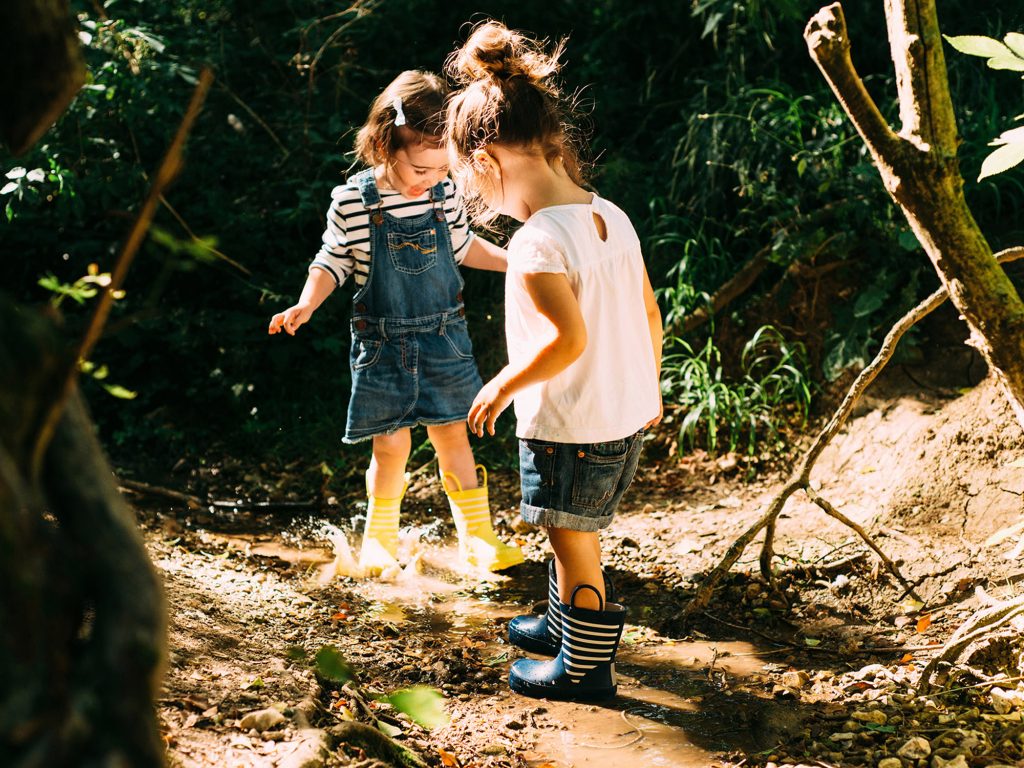
6. Food Preparation
Liz Barclay outlines, ‘ The very first thing in my Montessori home would be to have the child involved in preparing the food for mealtimes and being part of that mealtime process.’ She says this is because children naturally want to be involved in the home routine, and we should nurture that curiosity.
Also, through food preparation, they’re learning many skills they’re developing that they will need for later life. From learning numeracy through weighing food, developing hand-eye coordination when mixing ingredients, learning about sensory differences when opening a cold fridge, or learning an oven is hot.

7. Care for the Environment
Caring for the environment is central to the Montessori approach. By developing their skills in caring for the environment, little ones can also learn about caring for other things, tidying, planning, and organising.
Caring for the environment at home can include wiping the table after a meal, helping to sweep the floor, or going outside to water the plants together. These are simple ways to help your little one care for their environment and foster a sense of empowerment and responsibility.
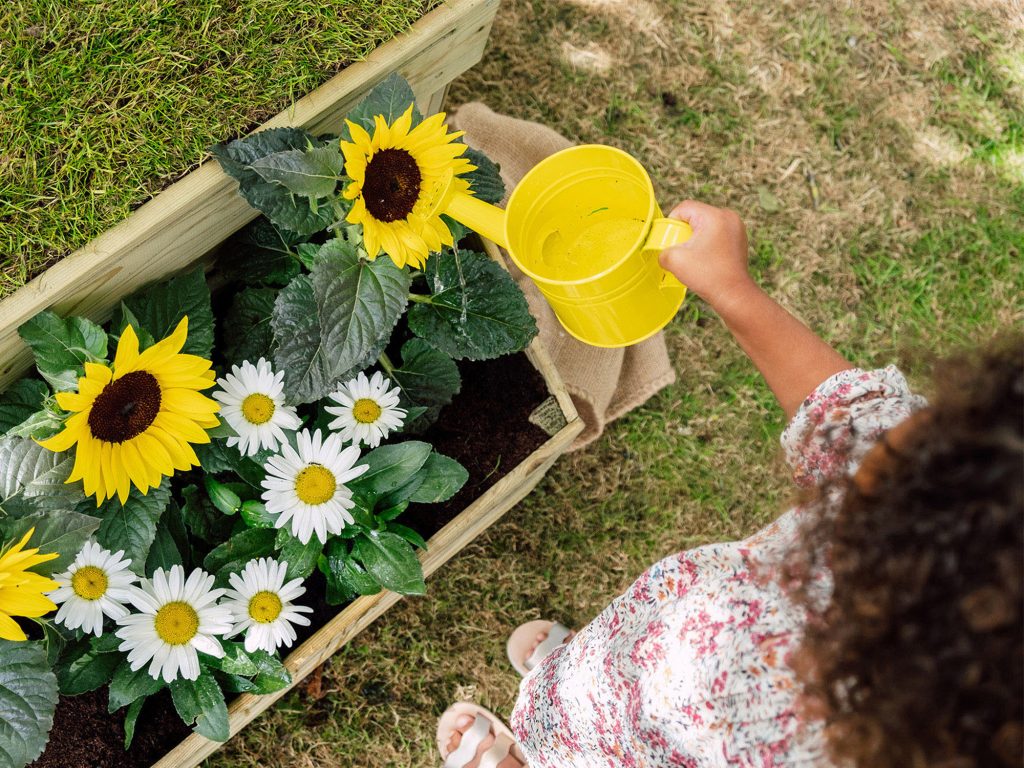
8. Self-esteem
The Montessori approach allows children to be themselves and express who they are as a person, which helps increase their self-esteem.
Arts and crafts activities such as painting and drawing can promote positive self-esteem as this self-expression allows children to be themselves and articulate themselves in their own way. Liz explains that Montessori at home is about letting go of perfectionism and allowing children to enjoy the process, and celebrating their results, whatever that may be.
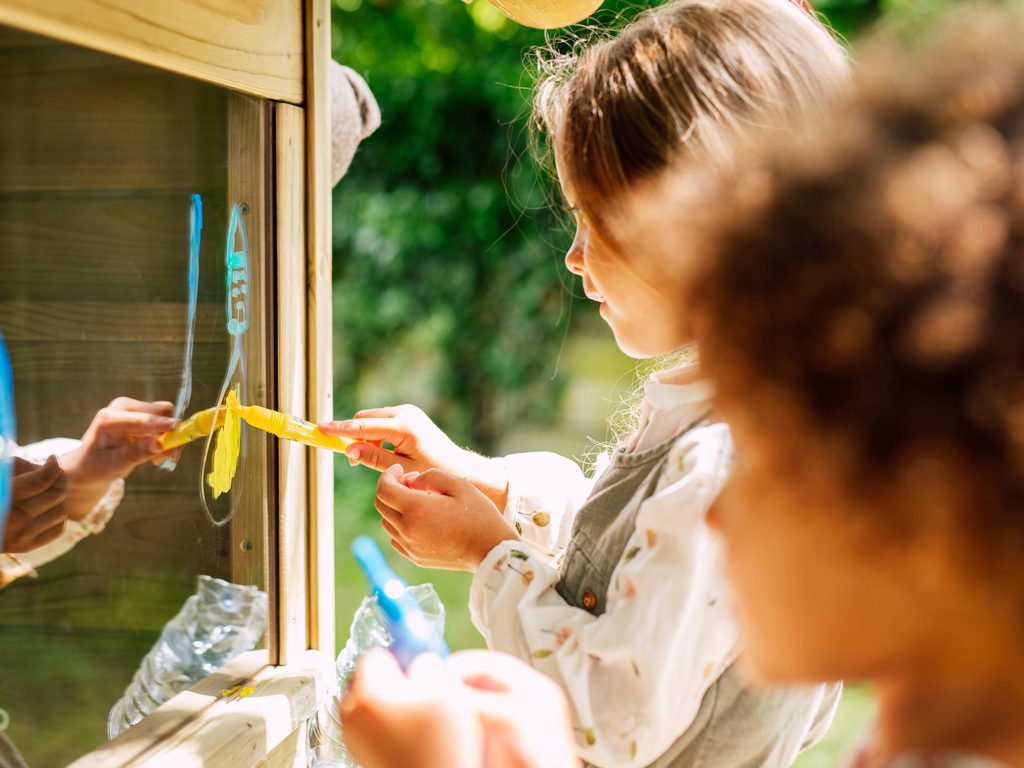
9. Self-care
Practising self-care is a skill that Montessori believes children can learn to develop from a young age.
Self-care activities for children such as brushing their hair and teeth, handwashing, dressing, choosing their outfit and practising opening and closing buttons and zips will help foster a sense of independence and promote self-care.

10. Resilience
Resilience means believing in your abilities and being able to bounce back from challenges.
Encouraging children to face challenging tasks with optimism is something that the Montessori approach values. For example, if a child spills something when helping with food preparation, the adult can act as a role model and support the child in tidying up. Liz explains that it doesn’t matter if children spill something if we allow them the opportunity to clear it up.
Acting as a positive role model and encouraging children to overcome things with problem-solving and a positive attitude can encourage children to learn from their experiences and increase their resilience because it teaches them that they can overcome difficulties.
Thank you for reading part two of our Montessori blog with Westwood Montessori, looking at the key skills that Montessori learning can help children develop at home.
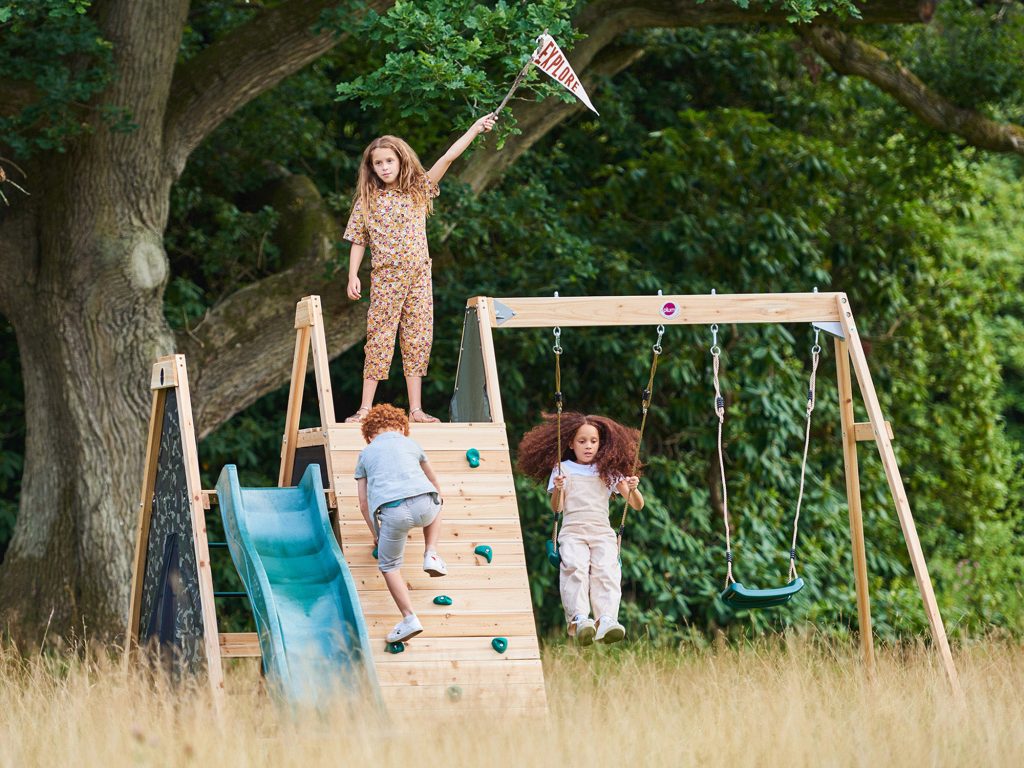
Be sure to share your Montessori at home activities with us on Instagram @plumplayaus.
You can also learn more about Westwood Montessori and the importance of being outdoors here.



